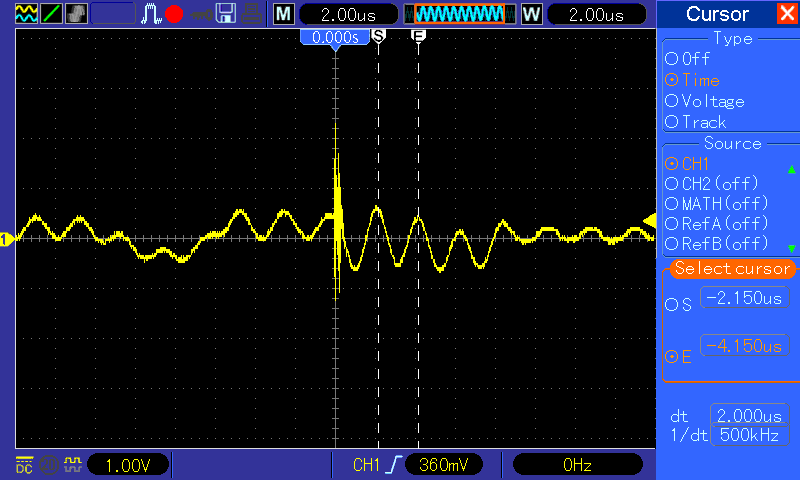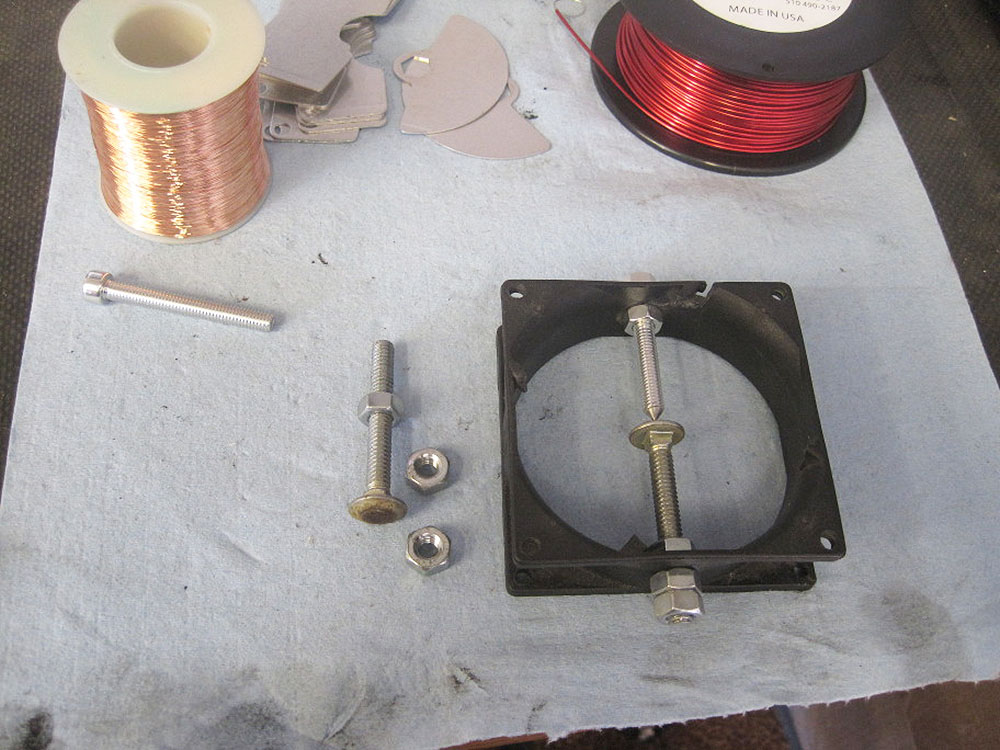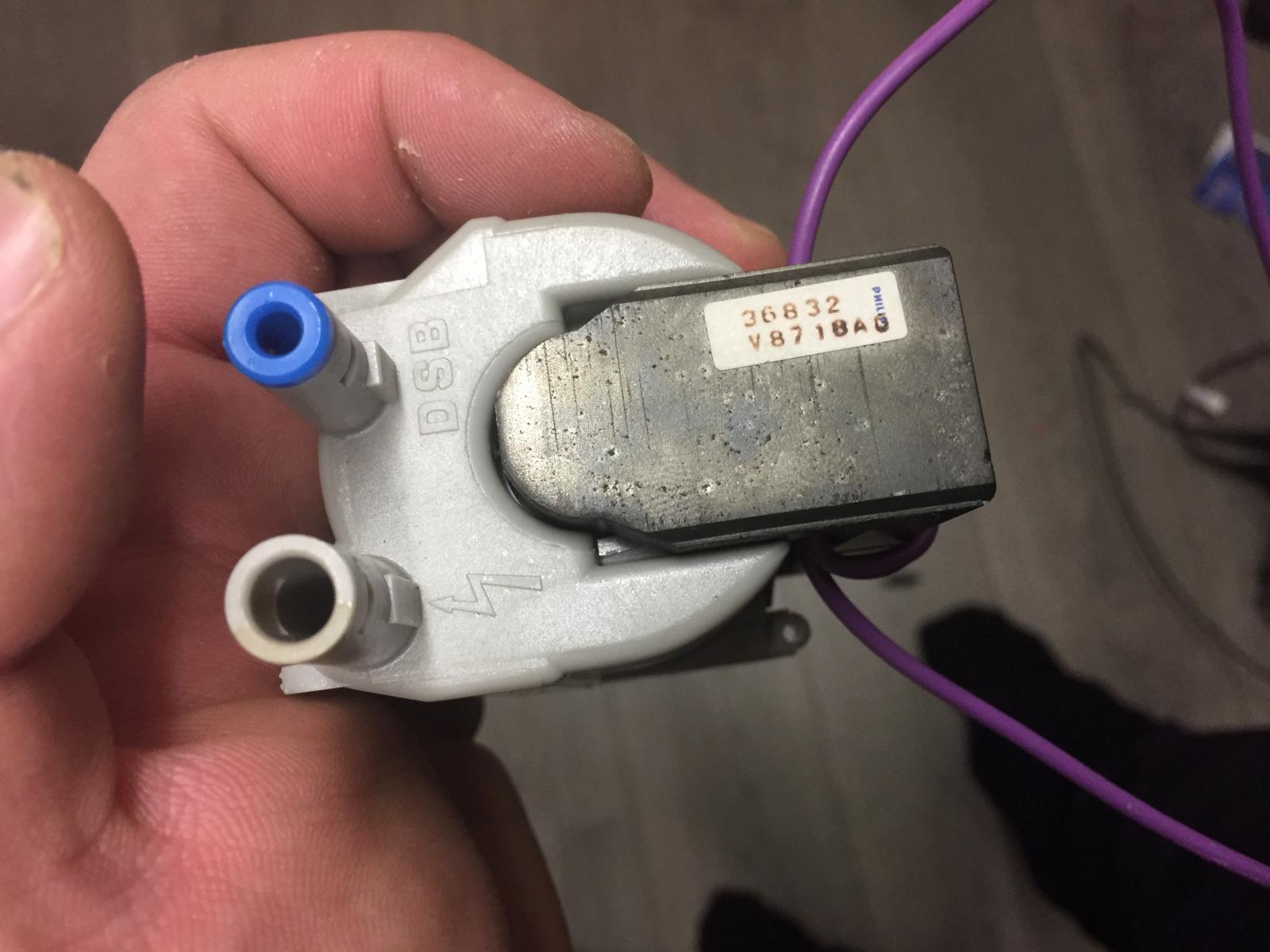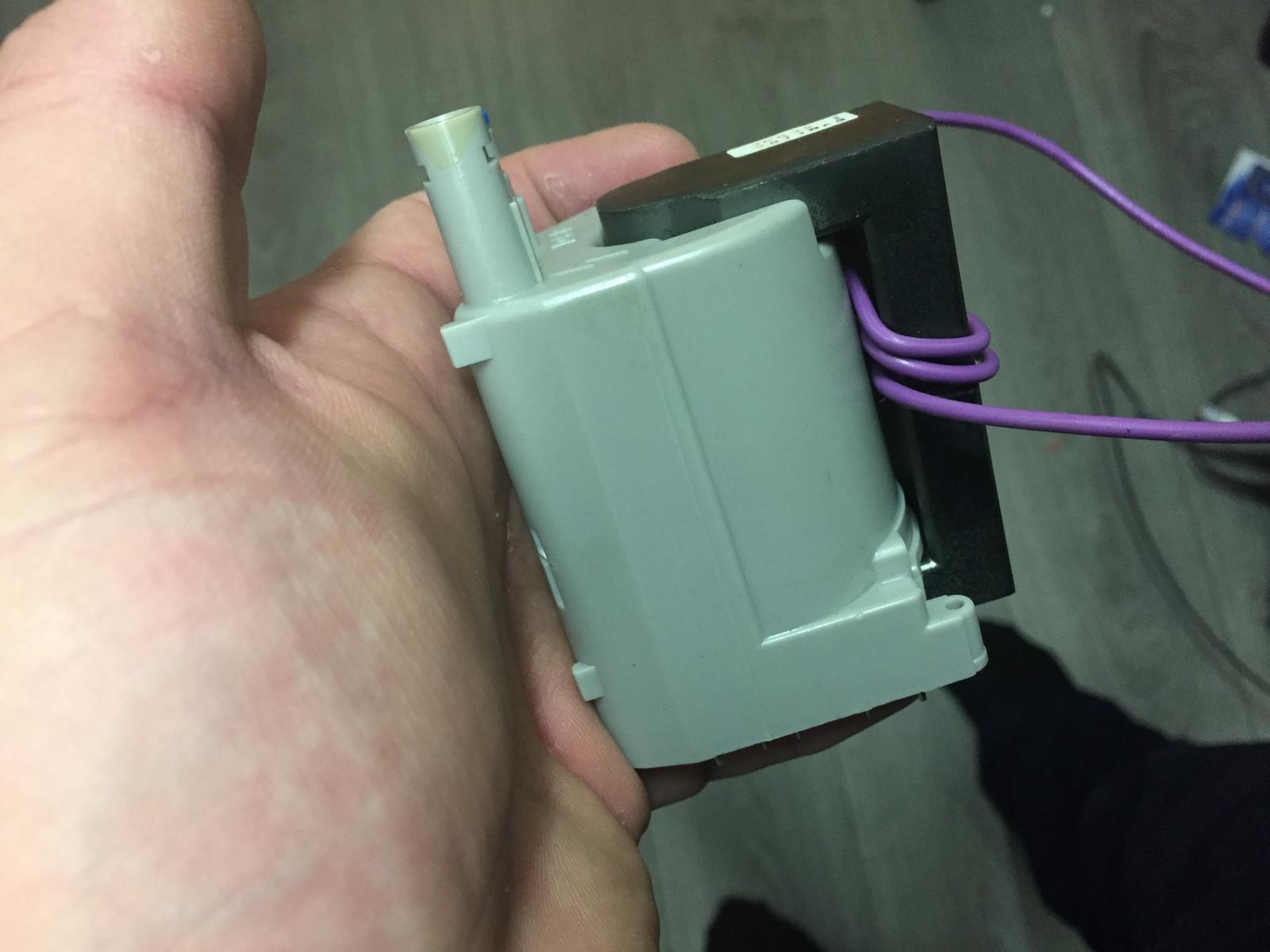Originally posted by soundiceuk
View Post
Thank you very much















 360kvdc!!! Will you have to change your 30kvdc wire on L1??
360kvdc!!! Will you have to change your 30kvdc wire on L1??






Leave a comment: